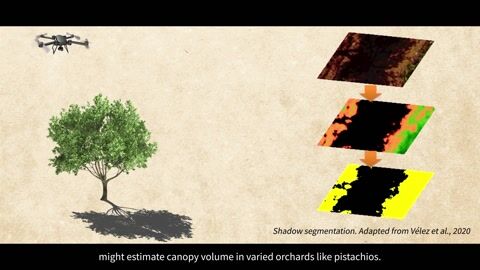- Subjects: Remote Sensing
- |
- Contributors:
- Jiaxuan Weng ,
- Jian Wang ,
- Yiran Liu
- TEC
- prediction
- machine learning
- neural network
- genetic algorithm
This video is adapted from 10.3390/rs15122953
In order to improve the prediction accuracy of ionospheric total electron content (TEC), a combined intelligent prediction model (MMAdapGA-BP-NN) based on a multi-mutation, multi-cross adaptive genetic algorithm (MMAdapGA) and a back propagation neural network (BP-NN) was proposed. The model combines the international reference ionosphere (IRI), statistical machine learning (SML), BP-NN, and MMAdapGA. Compared with the IRI, SML-based, and other neural network models, MMAdapGA-BP-NN has higher accuracy and a more stable prediction effect. Taking the Athens station in Greece as an example, the root mean square errors (RMSEs) of MMAdapGA-BP-NN in 2015 and 2020 are 2.84TECU and 0.85TECU, respectively, 52.27% and 72.13% lower than the IRI model. Compared with the single neural network model, the MMAdapGA-BP-NN model reduced RMSE by 28.82% and 24.11% in 2015 and 2020, respectively. Furthermore, compared with the neural network optimized by a single mutation genetic algorithm, MMAdapGA-BP-NN has fewer iterations ranging from 10 to 30. The results show that the prediction effect and stability of the proposed model have obvious advantages. As a result, the model could be extended to an alternative prediction scheme for more ionospheric parameters.






















